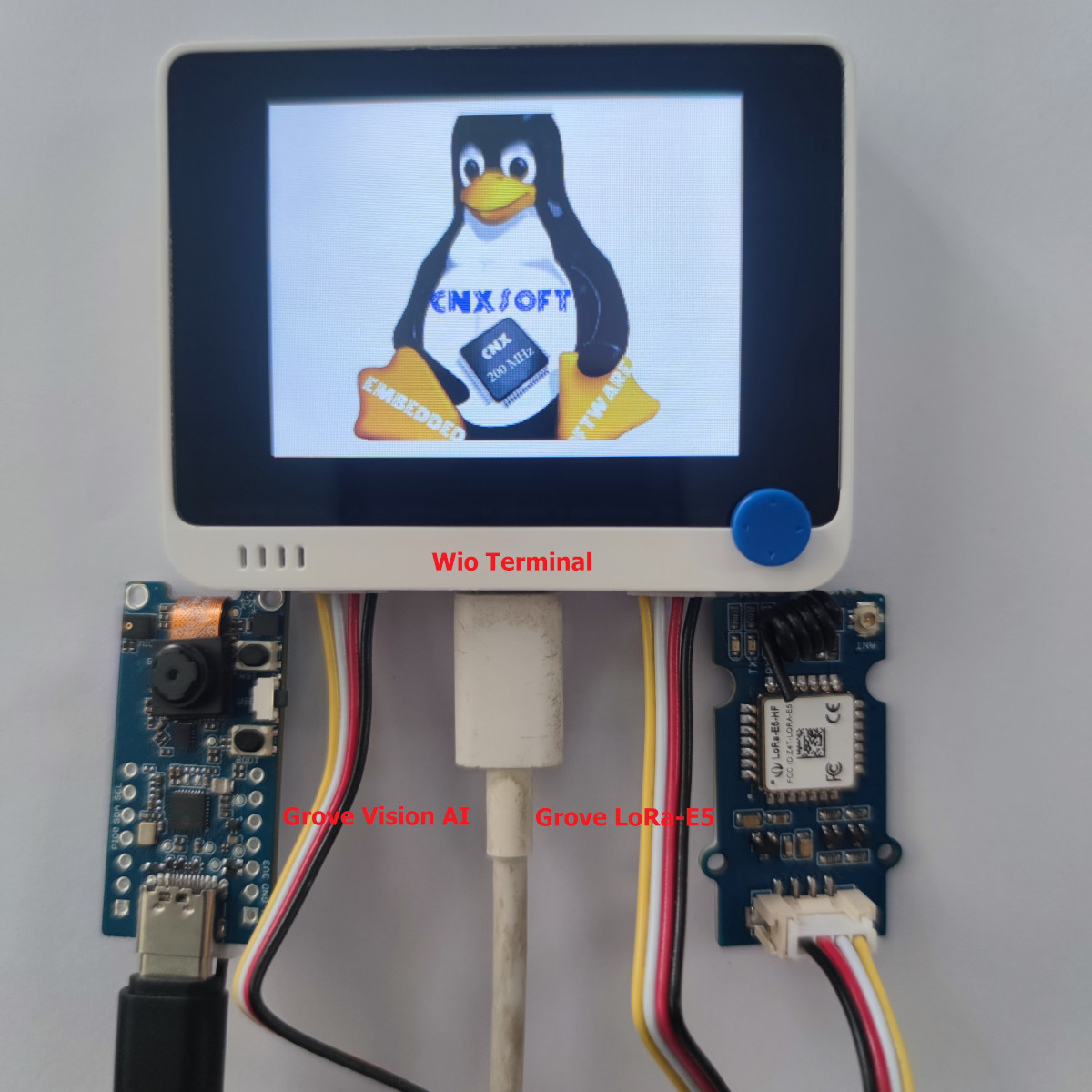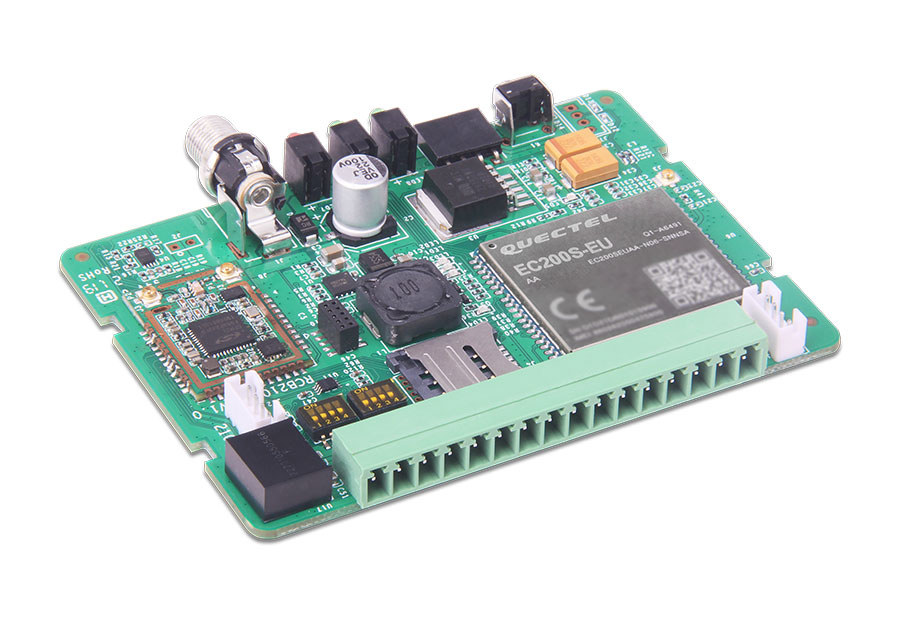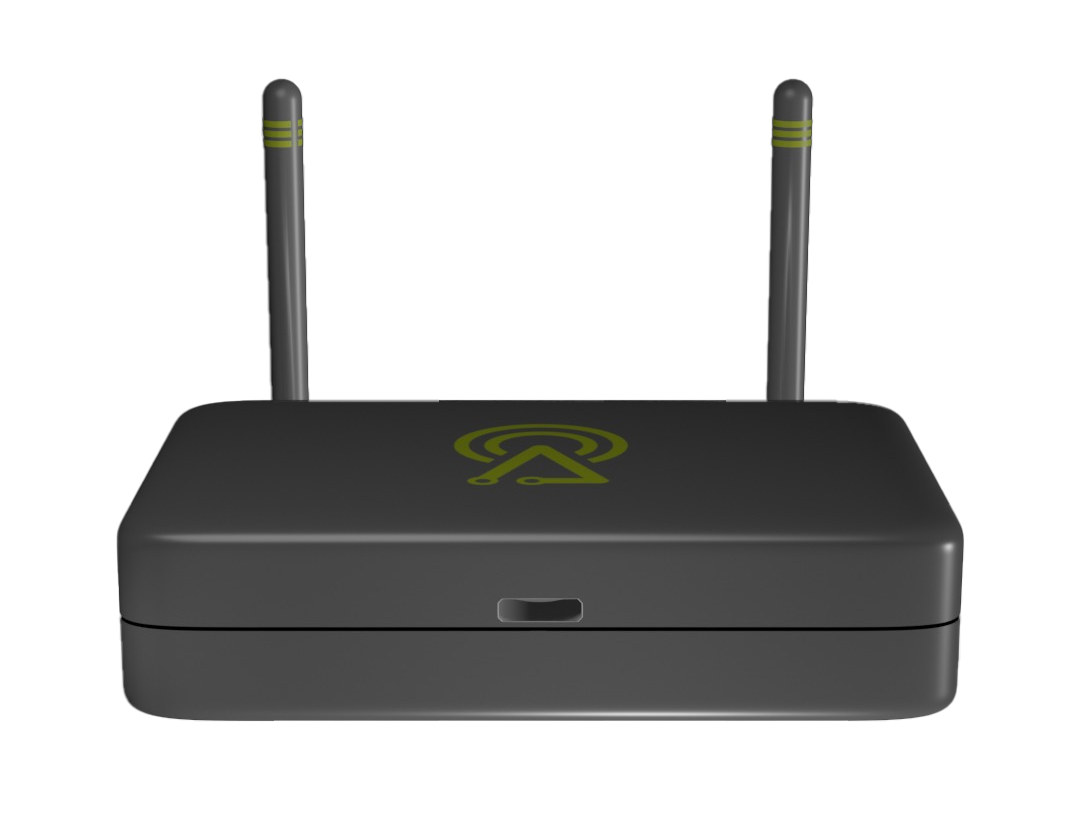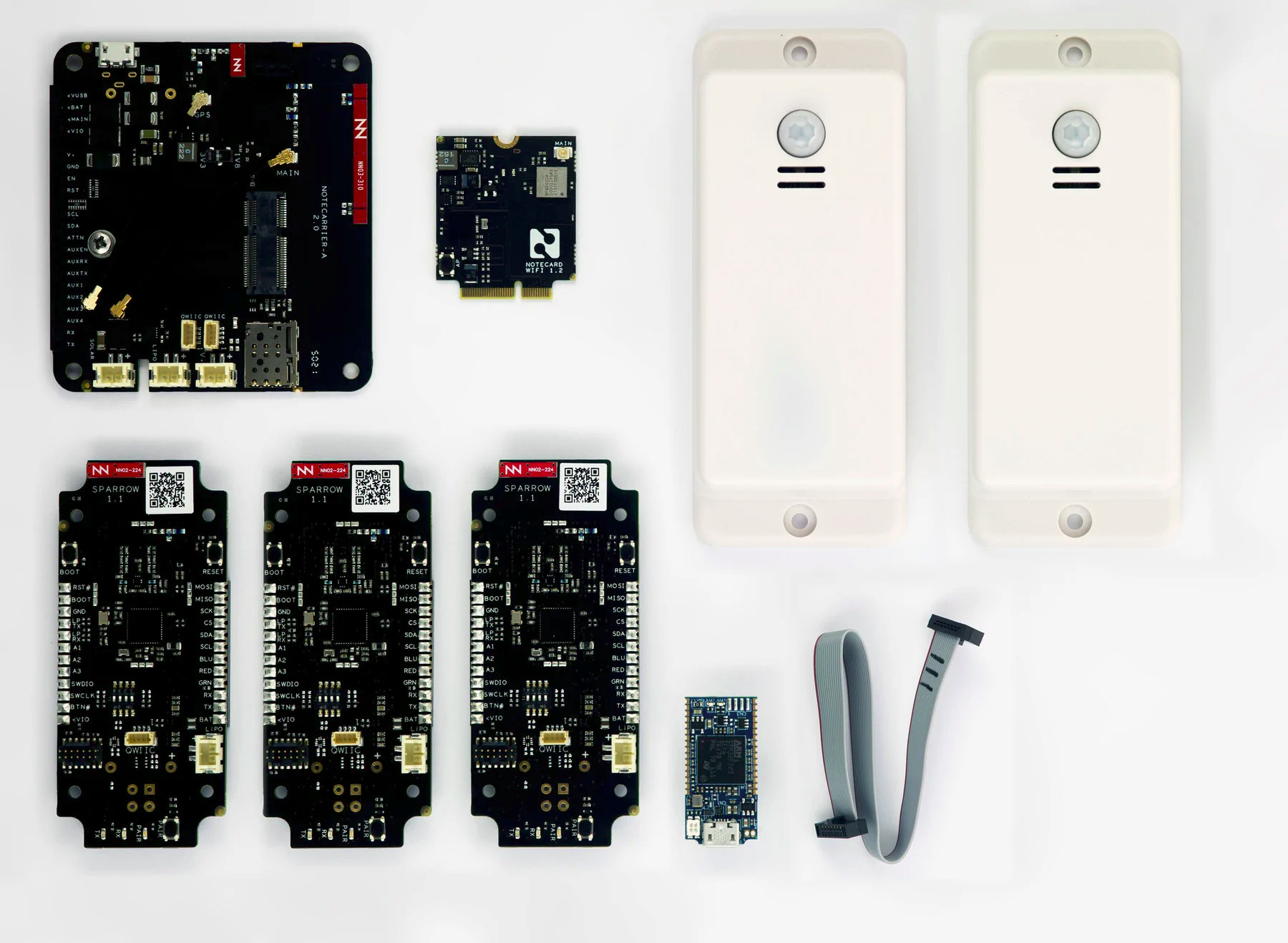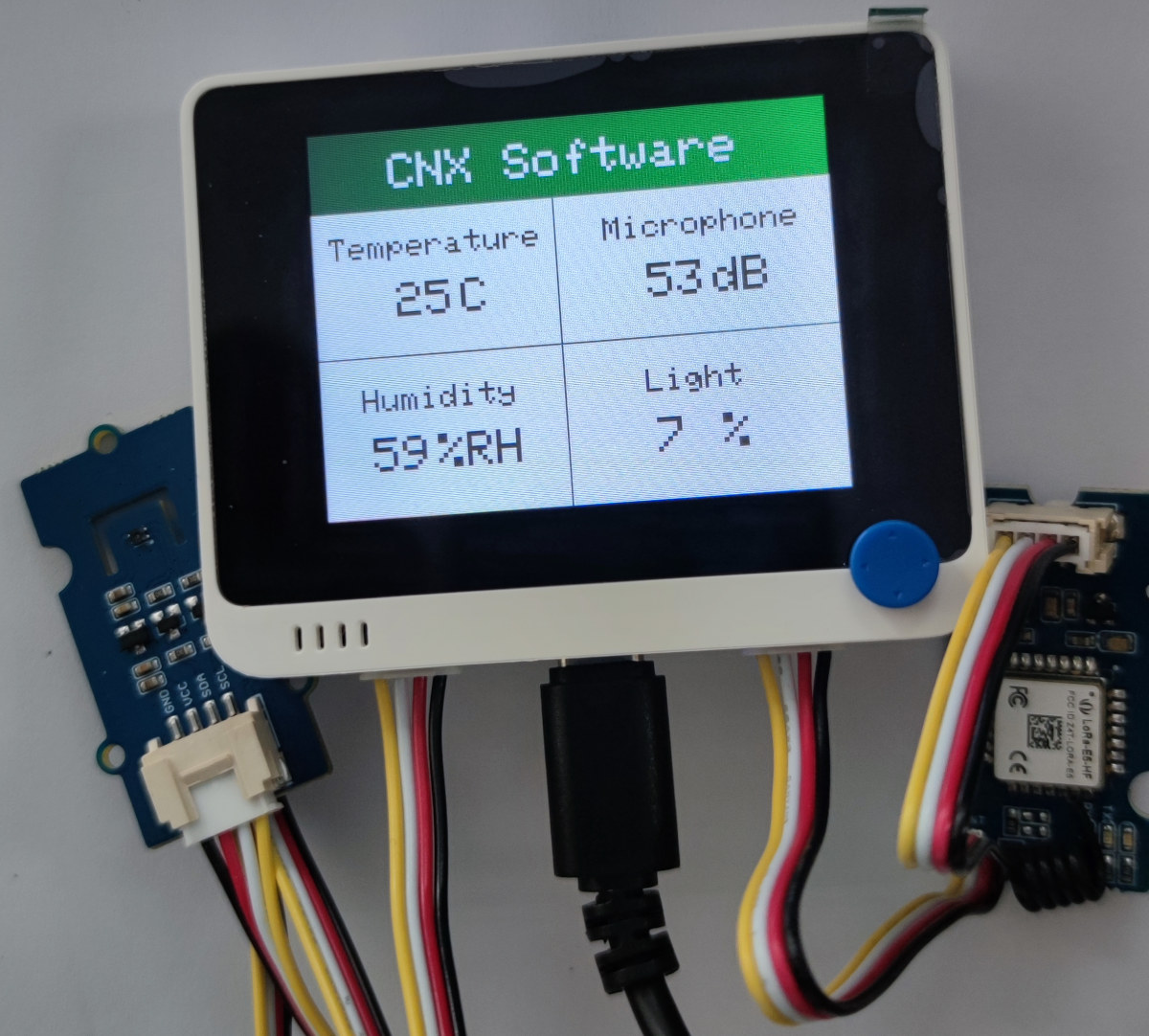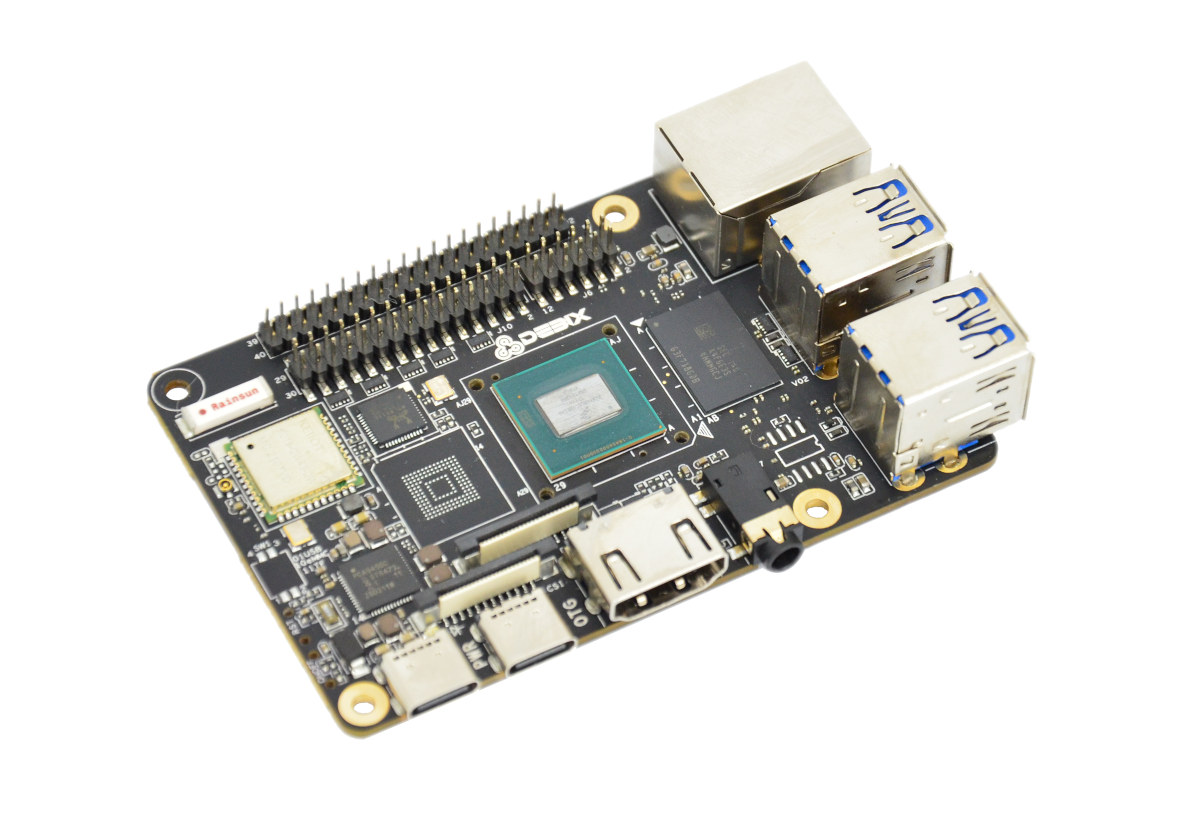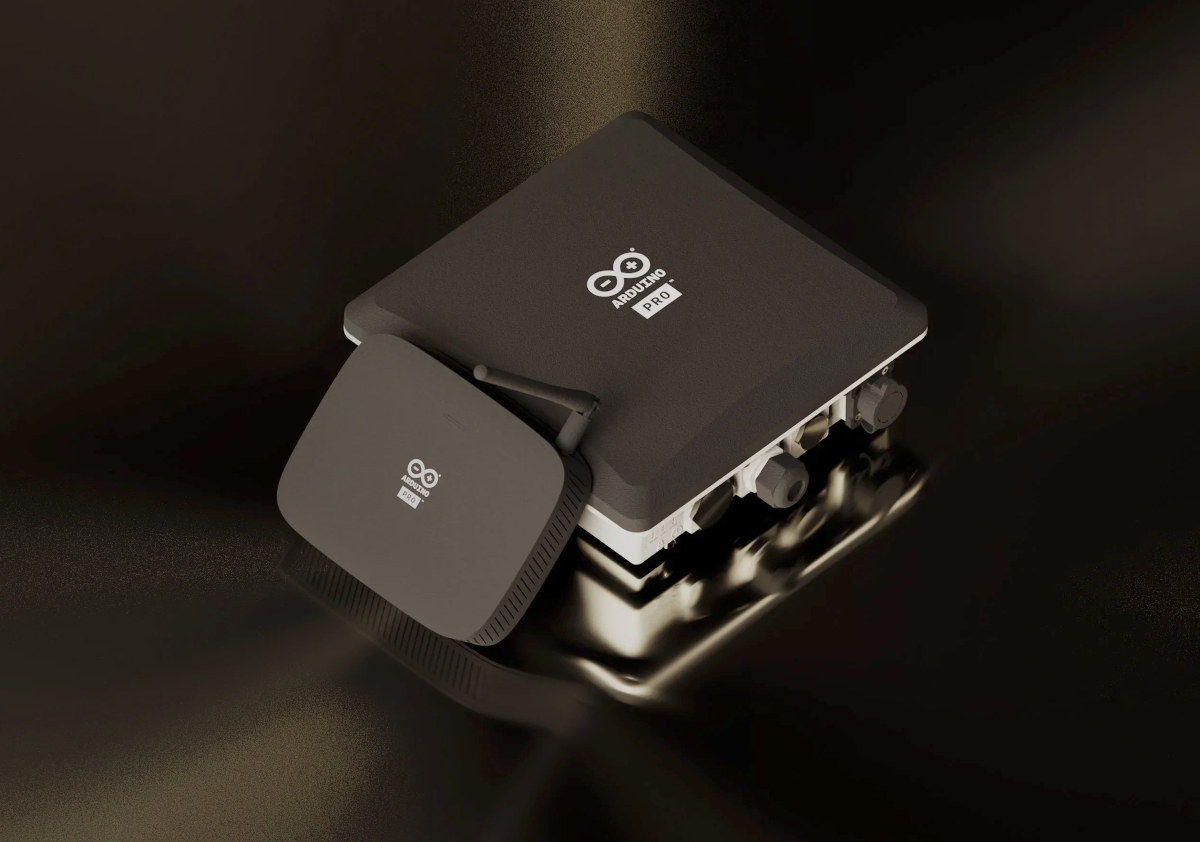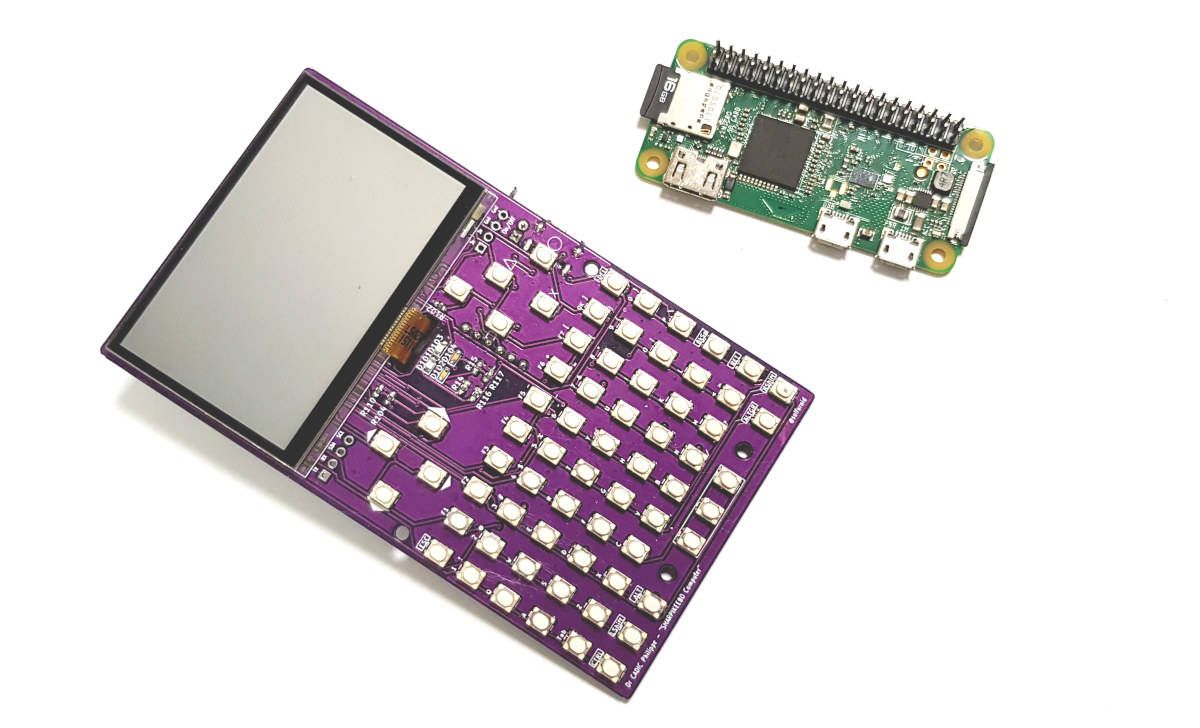CNXSoft: This is another tutorial using SenseCAP K1100 sensor prototype kit translated from CNX Software Thai. This post shows how computer vision/AI vision can be combined with LoRaWAN using the Arduino-programmable Wio Terminal, a Grove camera module, and LoRa-E5 module connecting to a private LoRaWAN network using open-source tools such as Node-RED and InfluxDB. In the first part of SenseCAP K1100 review/tutorial we connected various sensors to the Wio Terminal board and transmitted the data wirelessly through the LoRa-E5 LoRaWAN module after setting the frequency band for Thailand (AS923). In the second part, we’ll connect the Grove Vision AI module part of the SenseCAP K1100 sensor prototype kit to the Wio Terminal in order to train models to capture faces and display the results from the camera on the computer. and evaluate the results of how accurate the Face detection Model is. Finally, we’ll send the data (e.g. confidence) using […]
Wireless M-Bus & LTE Cat 1 sensor board also supports Zigbee 3.0, Z-Wave, Bluetooth LE 5.0, LoRa…
Geniatech SCB32IM is a sensor board based on Silicon Labs EFR32FG14 Arm Cortex-M4 microcontroller with a sub-GHz radio enabling wireless M-Bus (Wireless Meter Bus) designed for remote reading of smart meters, and also equipped with a Quectel EC200S “IoT/M2M-optimized” LTE Cat 1 module. The sensor module does not actually come with any sensor on board, but provides a terminal block to connect any sensor you may need for your product. It’s also possible to extend wireless connectivity options with Zigbee 3.0, Z-Wave, Bluetooth LE 5.0, LoRa, and more through the GT-IoT interface with UART, SPI, and one GPIO. Geniatech SBC32IM specifications: Microcontroller – Silicon Labs EFR32FG14 Aem Cortex-M4 MCU @ 40MHz with up to 256 KB flash, 32 KB RAM, and proprietary 2.4GHz and sub-GHz radios Wireless connectivity Wireless M-Bus S Mode: 868 MHz band T Mode: 868 MHz band C Mode: 868 MHz band N Mode: 169 MHz band […]
Radair mini gateway – A 3-in-1 LoRaWAN gateway, Helium miner, and environmental monitoring station
Radair mini gateway is a multiple-purpose gateway with LoRaWAN, WiFi 6E, Bluetooth and Ethernet connectivity, a Quectel GNSS module, the ability to connect to the Helium network to mine HNT cryptocurrency, as well as a 4-in-1 Bosch environmental sensor to monitor temperature, humidity, pressure, and air quality. Radair mini gateway specifications: SoC – Quad-core Arm Cortex-A53 “crypto” CPU System Memory – 2GB DDR3 Storage – 16GB eMMC flash, MicroSD card socket Connectivity WM1302 LoRa concentrator for LoRaWAN support Gigabit Ethernet RJ45 port 802.11 b/g/n/ac/ax Wi-Fi 6E and Bluetooth 5.2 via Mediatek MT7921AU module Dual Antenna – Wi-Fi 6E, LoRa GPS – Quectel GNSS module 4-in-1 Bosch environmental sensor Temperature & Humidity Pressure (Altitude accuracy +/- 1M) Air Quality (Carbon Monoxide, Bacteria, Smoke, Sulfur, Hydrogen) USB – 1x USB 3.2 Gen 1 Type C port (in front) for external accessories HW security – Microchip Technologies ECC608 secure element Misc – Reset/Bluetooth […]
Sparrow is a sensor-to-cloud LoRaWAN solution based on STM32WLE5 microcontroller
Blues Wireless Sparrow is a LoRaWAN solution designed to connect a group of low-cost, low-power device sensors for shared data backhaul to the cloud. It is comprised of STMicro STM32WLE5 LoRa-based sensors whose data is then routed through the company’s Notecard-powered WiFi or cellular gateway and ultimately a cloud app hosted on AWS, Microsoft Azure, or other IoT cloud platforms. The company claims the Notecard and Sparrow solutions ease the development of IoT networks in a way that was previously only available “to sophisticated engineering firms”, and now Blues Wireless supports cellular, WiFi, and LPWAN technologies. Let’s have a look at the “Sparrow Essentials” board specifications first: Wireless SoC – STMicro STM32WLE5+ Arm Cortex-M4F microcontroller @ 48MHz with 256KB Flash, 64KB of SRAM, Semtech SX126x LoRa transceiver I/Os Breadboard compatible 2.54mm headers with digital and analog I/O, I2C, UART, and SPI Qwiic Connector Debugging – JTAG (SWD capable) debug jack […]
Getting Started with LoRaWAN on SenseCAP K1100 sensor prototype kit (Part 1)
CNXSoft: This getting started guide/review of the SenseCAP K1100 sensor prototype kit is a translation of the original post on CNX Software Thai. The first part of this tutorial describes the kit and shows how to program it with Arduino to get sensor data to a LoRAWAN gateway and display it on Wio Terminal, before processing the data in a private LoRaWAN network using open-source tools such as Grafana. The second part – to be published later – will demonstrate the AI capability of the kit. In the digital era where IoT and big data are more prevalent, a large amount of data is required to be collected through sensors. To enable the digital transformation, SeeedStudio’s SenseCAP K1100 comes with all necessary sensors and equipment including the Wio Terminal, AI Vision Sensor, and a LoRaWAN module. With this plug-and-play platform, makers can easily create DIY sensors for data collection and […]
DEBIX Model A – A Raspberry Pi-inspired NXP i.MX 8M Plus SBC for AI applications
DEBIX Model A is a single board computer powered by an NXP i.MX 8M Plus quad-core Cortex-A53 processor with a 2.3 TOPS AI accelerator in a form factor that combines Raspberry Pi 4 and 3 Model B designs. The SBC comes with up to 6GB RAM, a microSD card slot, an optional eMMC flash of up to 128GB capacity, HDMI 2.0a, LVDS, and MIPI DSI display interfaces, a MIPI CSI camera interface, Gigabit Ethernet and WiFi 5 connectivity, plus a 40-pin GPIO expansion header. DEBIX Model A specifications: SoC – NXP i.MX 8M Plus quad-core Cortex-A53 @ up to 1.6 GHz (industrial) or 1.8 GHz (commercial), with Arm Cortex-M7 @ up to 800 MHz, Vivante GC7000UL 3D GPU, Vivante GC520L 2D GPU, 2.3 TOPS NPU System Memory – 2GB LPDDR4 (4GB/6GB optional) Storage – Default: Micro SD card; optional 8GB, 16GB, 32GB, 64GB, or 128GB eMMC flash Video Output HDMI […]
Arduino “launches” WisGate Edge LoRaWAN gateways in collaboration with RAKwireless
Arduino was already involved in LoRaWAN with its MKR WAN 1300 board, but now the company has started offering Arduino-branded Wisgate Edge Pro and Wisgate Edge Lite 2 LoRaWAN gateways for respectively outdoor and indoor environments as part of the Arduino Pro family. If the names of the gateways seem familiar, it’s because Arduino collaborated with Rakwireless, and is simply using their existing LoRaWAN gateways. As I understand it RAKwireless will provide the hardware and technical support, while Arduino will sell the gateways and other LoRaWAN hardware through its existing customer base, more acting as a distributor. Arduino WisGate Edge Lite 2 indoor gateway specifications: SoC – MediaTek MT7628 MIPS processor @ 580 MHz System Memory – 128MB DDR2 Storage OS on flash SD card for setup and diagnostics, backup, and data logging Connectivity 10/100M Ethernet RJ45 port 2.4 WiFi (802.11b/g/n) with -95 dBm RX sensitivity, 20dBm Tx power; internal […]
ShaRPiKeebo handheld Linux computer based on Raspberry Pi Zero (2) W ships with a LoRa radio (Crowdfunding)
Morpheans ShaRPiKeebo is a portable Linux computer based on Raspberry Pi Zero W or Zero 2 W SBC that reminds me of the Allwinner R8 powered PocketCHIP handheld computer that was introduced in 2016, and was quite popular (for a niche product) at the time. The ShaRPiKeebo comes with a physical QWERTY keyboard, a daylight-readable screen, and Wi-Fi & Bluetooth connectivity, but also adds a 433 MHz LoRa radio that should make it usable as an off-the-grid communicator. Just like PocketCHIP, the ShaRPiKeebo can be used for system administration, retro-gaming, pen testing, STEM education, and all sort of maker projects. ShaRPiKeebo specifications: Supported SBCs via 40-pin GPIO header – Raspberry Pi Zero W, Raspberry Pi Zero 2 W, and (maybe) compatible SBCs like Radxa Zero or Banana Pi M2 Zero Display – 2.7- inch SHARP memory display (LS027B7DH01) with 400×240 resolution, low-latency, low-power Connectivity 802.11 b/g/n WiFi 4, Bluetooth 4.2 […]


